Retro Replay Review
Gameplay
Demolition Division marries fast-paced arcade action with targeted math practice by placing you in command of an anti-tank battery. You’re presented with a line of enemy tanks advancing toward your base, each emblazoned with a division problem. To fire, you must quickly compute the correct quotient and enter it before the tank closes in. Correct answers unleash a shell that obliterates the approaching threat, while mistakes squander precious time and let the armored units draw nearer.
(HEY YOU!! We hope you enjoy! We try not to run ads. So basically, this is a very expensive hobby running this site. Please consider joining us for updates, forums, and more. Network w/ us to make some cash or friends while retro gaming, and you can win some free retro games for posting. Okay, carry on 👍)
The game’s tension escalates with every successful hit. Tanks appear in rapid succession, and the difficulty curve is finely tuned—early levels start with straightforward divisions so that players can get accustomed to the pace, then ramp up to more complex problems, larger divisors, and tightened time limits. This structure keeps both younger learners and adults engaged, challenging them to sharpen mental math skills under pressure.
Controls are intuitive: use the number pad or keyboard to input answers, then hit “Fire.” There’s minimal downtime, as the next tank often pulls up the moment one explodes. This constant flow ensures the gameplay loop remains exhilarating, turning each session into an addictive exercise in speed and accuracy rather than a grind of repetitive calculations.
Graphics
Visually, Demolition Division opts for a crisp, colorful arcade style that recalls classic educational titles. Enemy tanks are distinct and easy to read, with bold numerals on their turrets that ensure players can quickly identify each division challenge. The backgrounds—a series of trenches, bunkers, and open fields—are simply rendered but effective in communicating a frontline environment.
Explosions pop with satisfying visual flair, combining bright flashes and smoke puffs in a way that rewards correct answers. The contrast between the vibrant muzzle flashes and the more muted battlefield tones directs your attention where it’s needed most. Animations are smooth even when multiple tanks appear on screen, ensuring that the action never chugs or stutters, which is crucial when split-second responses are required.
The user interface is uncluttered. A scoreboard and timer sit unobtrusively at the top, and input prompts are always clear. Numbers and text remain legible even on smaller displays, making the game suitable for classroom tablets or standard desktop monitors. Overall, the graphic presentation strikes the right balance between functionality and nostalgic arcade charm.
Story
While Demolition Division doesn’t deliver an epic narrative with branching plotlines, it does set a straightforward premise that drives the action: you’re the last line of defense against an enemy armored division. The urgency of protecting your bunkers and repelling invaders provides enough context to make each wave feel meaningful, even without cutscenes or dialogue.
Between levels, brief text prompts and mission titles reinforce the sense of progression—“Sector Alpha Under Siege,” “Frontline Breakthrough,” and so on—giving players a feeling of advancing through different battle zones. These small touches lend cohesion to the arcade format and break up the math drills just enough to keep learners motivated.
The stripped-down narrative works in the game’s favor, as you stay focused on the core mechanic (solving division problems) without being distracted by a complex storyline. For educators and parents looking for an engaging way to reinforce math skills, the thematic setting of defending a territory provides a fun backdrop that contextualizes each arithmetic challenge.
Overall Experience
Demolition Division succeeds as both an educational tool and an engaging arcade game. Its blend of math practice and high‐intensity action creates a feedback loop that rewards accuracy and speed, keeping players motivated to improve their skills. Whether you’re a student brushing up on division or an adult seeking a brain-teaser with an adrenaline rush, you’ll find solid replay value in its escalating difficulty.
The accessibility of the controls and the clarity of the on-screen information make it easy to pick up and play, yet the depth of challenge scales impressively for more advanced learners. Multiplayer leaderboards or classroom modes could elevate the experience further, but even in its current form, the game provides hours of focused practice wrapped in a dynamic, arcade-style package.
Ultimately, Demolition Division shines as a purpose-driven title that doesn’t compromise on fun. It’s a prime example of how educational software can engage players through responsive gameplay, clear visual design, and a minimalist narrative that supports rather than distracts. For parents, teachers, and anyone looking to turn math drills into an action-packed pursuit, this game offers a compelling—and explosive—way to learn.
 Retro Replay Retro Replay gaming reviews, news, emulation, geek stuff and more!
Retro Replay Retro Replay gaming reviews, news, emulation, geek stuff and more!
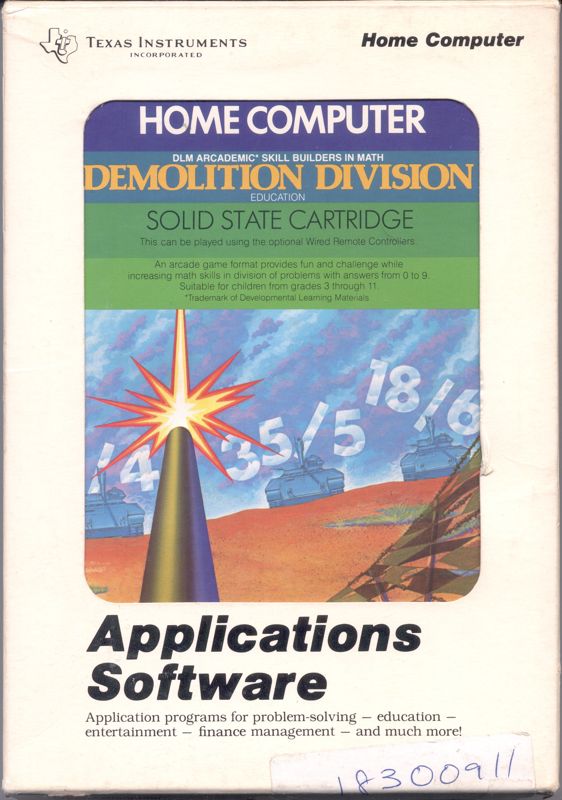
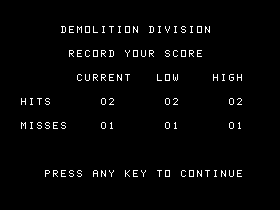
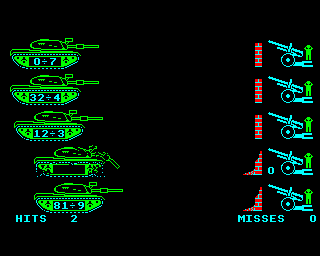

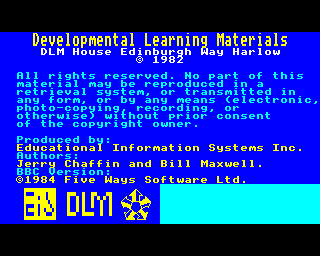


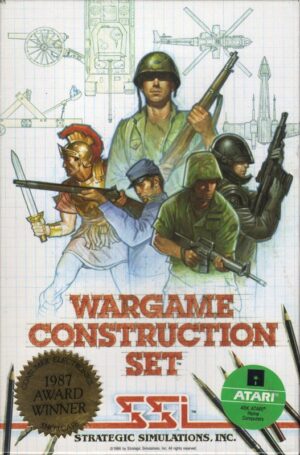

Reviews
There are no reviews yet.